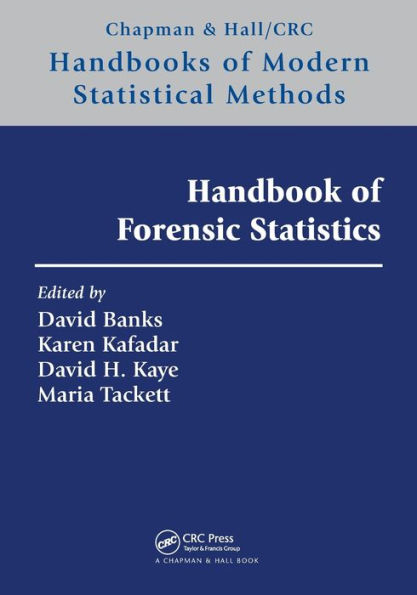David Banks is a professor in Department of Statistical Science at Duke University. He is a former coordinating editor of the
Journal of the American Statistical Association, director of the Statistical and Applied Mathematical Sciences Institute, and a Fellow of the ASA and the Institute of Mathematical Statistics.
Karen Kafadar is a Commonwealth Professor and the chair of the Department of Statistics at the University of Virginia. She is a former president of the ASA; a Fellow of the International Statistics Institute, the ASA and the AAAS; and a former member of the Forensic Science Standards Board (FSSB) of the Organization of Scientific Area Committees for Forensic Science (OSAC).
David Kaye is Distinguished Professor of Law Emeritus at Pennsylvania State University and Regents’ Professor of Law and Life Sciences Emeritus at Arizona State University. He is a former editor of
Jurimetrics Journal; a member of the FSSB; and the 2020 recipient of the Association of American Law Schools’ Wigmore Lifetime Achievement Award for contributions to the understanding of the proof process and the rules of evidence.
Maria Tackett is an assistant professor of the practice in Department of Statistical Science at Duke University.



